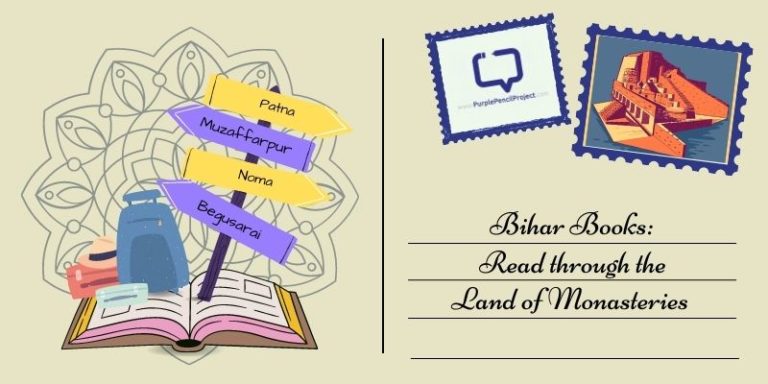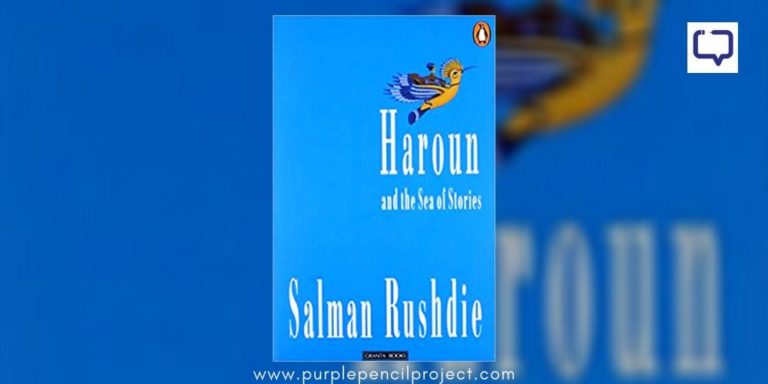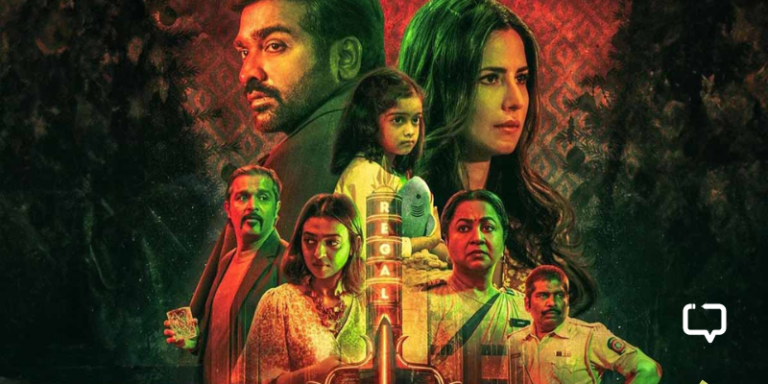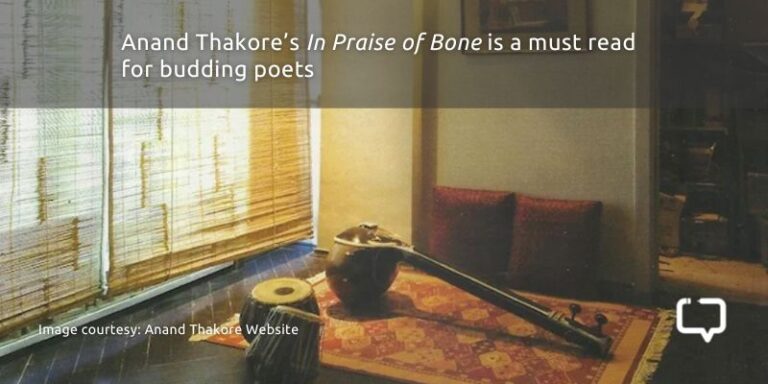Bringing back a slice of the past
Twilight in Delhi is the story of Delhi, of a particular moment in the long history of this city that has risen and fallen, only to rise again. This is a novel of the city as we have never known it, an ode to its ways and style and to a way of life. It is a tale of a city which existed more than a hundred years ago, a Delhi that is so different from the capital city of today – a sprawling, ever-expanding metropolis.
We encourage you to buy books from a local bookstore. If that is not possible, please use the links on the page and support us. Thank you.
Twilight in Delhi is a work that brings to life Delhi’s old-world charm, essence and colours. Author Ahmed Ali, in his introduction to the novel, writes, “. . . my purpose in writing the novel was to depict a phase of our national life and the decay of a whole culture, a particular mode of thought and living, values now dead and gone before our eyes.”
He has succeeded in his mission and the book takes us on a journey in time as we cross years to venture into familiar names, yet different places. Chandni Chowk, Chaori Bazar, Old Fort, Qutub Minar, Ajmeri Gate – these are a few names that come alive in the novel, but as completely different places than what today’s generation, we the people of Delhi, remember them to be.
The City as a Character
While the novel follows the life of Mir Nihal and his family, particularly Asghar, Delhi emerges as the protagonist of this text. For it is Delhi, the living, breathing creature, which is the driving force of this work. As the lives of Mir Nihal and Asgar move on and change, we see Delhi changing too. So as we follow Mir Nihal who is, in the beginning, the patriarch of his family, is reduced to a helpless, paralysed man; or Asghar, from a man pining for Bilquees to a man ready to marry another girl soon after Bilquees’ death – we also follow the changes that are making a New Delhi, that is marking the end of an entire lifestyle followed by people like Mir Nihal and that of the beginning of a new culture followed by Asghar as seen through his dress, furniture and house.
The novel covers roughly the period from 1911 to 1919 and one witnesses how fast and quickly things change for the city and its characters whose fate is invariably linked with that of the city. It is the heat of Delhi which sets and predominates the mood of this novel and which, like today, seems to be worsening every year. The description of the night, the loo, the trees, the cats, the dogs, the people and their life make reading this novel like stepping into a different world. This is a world of the mardana and the zenana, of kahars and bhishtis, of kite flying and pigeon flying, of lanes and alleys, of loo and dust. This is a Delhi which is full of poetry and poets. This is a Delhi where even beggars recite verses of the great poets and this is also the Delhi where Mir Nihal has to give alms to one of the descendants of Bahadur Shah Zafar, whose fate it is now to beg for survival.
What about the women?
The novel takes us into a world that can be stifling as well as outgoing, depending on whether you are a part of the zenana or the mardana. For while the men are the citizens of a wider world, basking directly in the changes and the world; the women are restricted to the household. And while men can love actively, women are always the passive receivers, always looking forward to and hoping for their love to be requited by their lovers. And it makes no difference whether one is a wife or a prostitute, for all one can do is pine.
So, there is Mir Nihal’s wife who knows her husband cares more for Babban Jaan, his mistress for whom he has established a separate household in Dareeba, but can do nothing. And then there is Mushtari Bai, the prostitute who loves and pines for Asghar dearly but can do nothing when Asghar loses all interest in her and decides that he has fallen in love with Bilquees. And when Asghar realises after his marriage that he is no longer interested in Bilquees as he once was, all she can do is pine away and die. Shadowing the personal upheavals of the Nihal family is the tightening of the British hold on Delhi and the Delhi of the peers (the peer-faqirs), of the fairs, of the poets and the quawwals and pigeon flying – images which dominate the first part of the novel – are slowly receding further away as we near the end of the book.
As the fortunes of Mir Nahal’s family diminish, its echoes are seen in the cultural death of the life that the author and Mir Nahal hold so dear, also symbolised in the declining quality of poetry in the book.
Interestingly too, what is Hindustan throughout the text becomes India towards the end. This change is the name is symbolic of the greater changes that have taken Hindustan in the direction of becoming India. And this process of change is expressed best right in the middle of the novel which presents the preparations for the coronation of King George, preparations which make
“Delhi look more like an exhibition ground than the city which was once the greatest in Hindustan.”
And towards the end, when Mir Nihal, paralytic and old, lies in his courtyard, thinking that “new days and new ideas had come into being. A hybrid culture which had nothing in it of the past was forcing itself upon Hindustan, a hodgepodge of Indian and western ways which he failed to understand”, one can sympathise. The language of the novel is highly poetic and the descriptions are detailed and nuanced.
Poetry in Prose
Be it the nighttime in the city, or the summer heat, or the wedding functions or the kite flying or the pigeons or the lanes and bylines of the city, they all are there before you, in printed technicolour. The imagery is at its best, a treat to visual, auditory, olfactory and gustatory senses.
Interspersed with the story continuously are fragments of poems from the great Urdu poets and seers. Zauq, Daag, Meer, Ghalib are all there to be found in the daily conversations of characters from all classes of society and each section of the novel begins with lines from the work by one of them. The novel unfolds unhurriedly, just like the time it is set in.
How the book came to be
In his introduction to Twilight in Delhi, Ali talks about the great difficulties with which the novel was first published, how it lost almost all its copies in the Blitz and was lost for a time till was kept alive by his wife’s Urdu translation. He also refers to the irony that he was not allowed to return to India after independence and had to choose Pakistan as his place of living. We can only be glad that the novel survived and is still in print. Read it if you want to know Delhi, read it if you know Delhi, read it if you love Delhi and read it if you do not. For in any case, you will find something worth your while.
Favourite Quote:
For if it were not for Hope, men would commit suicide by the scores, and the world would remain a barren desert in which no oasis exists. On this tortuous road of Life, man goes on hoping that the next turn of the road will bring him in sight of the goal. But when he takes the turn and still there is no sign of the promised land he still says that at the next turning he will come to it. Thus from turn to turn he goes on hoping, believing in the will-o’-the-wisp that is Hope.
Further Reading:
- Poets like Mir, Zauq, Daag, Bahadur Shah Zafar and Ghalib
- The City of Djinns by William Dalrymple
- City of My Dreams by Rana Safvi
Recommended for: Anyone who likes reading historical novels, or novels set in the past. Anyone who would like to know about a Delhi different from as we know it today.






















One Response
Thank you for the very informative review Sneha! You made the novel come to life. I can see the characters already and can’t wait to touch them now! ??